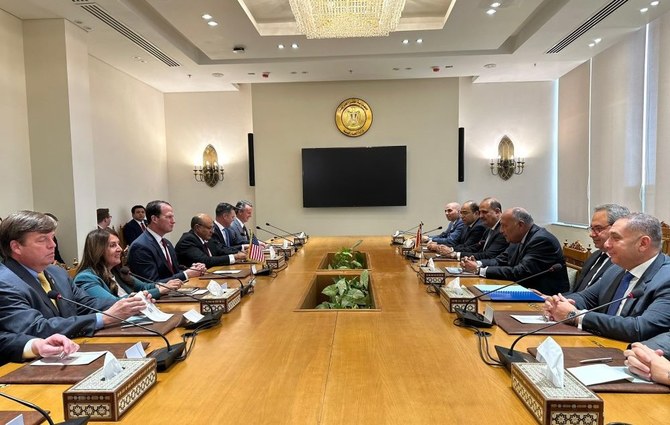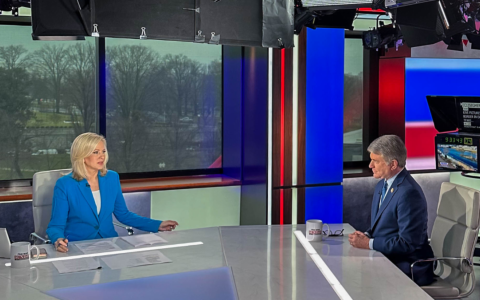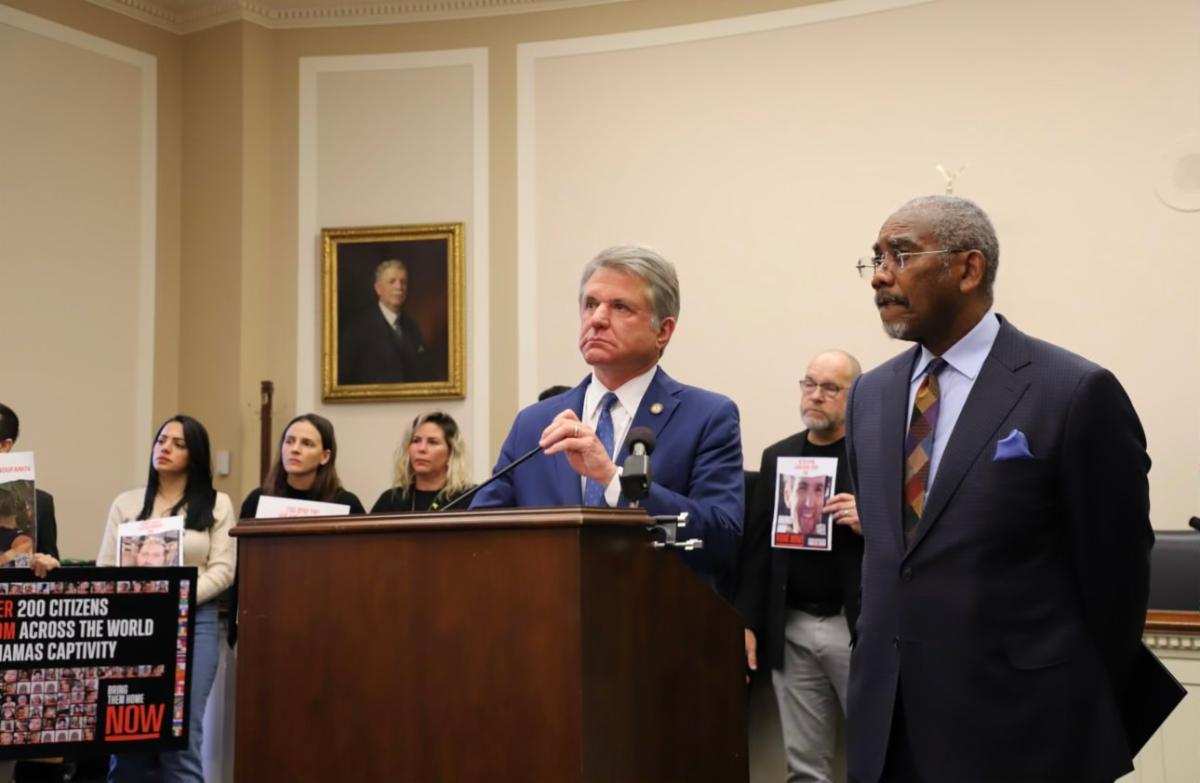Fighting ISIS in the Cyber Age
 Take three global brands: GM, Qualcomm, ISIS. Which one have you heard the most about recently? Most likely, you answered ISIS. That’s not just because of the threat they pose.
Take three global brands: GM, Qualcomm, ISIS. Which one have you heard the most about recently? Most likely, you answered ISIS. That’s not just because of the threat they pose.
While the world looks at ISIS as a military and terror challenge, it is better categorized as a “militant brand” with its own powerful marketing agency. It operates as a hybrid terror and media conglomerate. Think of it as the “marketing agency that also sells terror.” That means stopping terror will require taking the “ISIS brand” apart. We need to eliminate its popularity where it plays – on social media and in video.
Over the past few years ISIS has gotten more media savvy than most conventional agencies. It has succeeded both in outfoxing efforts to counter violent extremism and in leveraging social platforms–primarily Facebook, Instagram and Twitter–for recruiting.
ISIS operates a large number of social media marketing teams that look for potential recruits online, in forums and across social media. It has developed a recruitment funnel to rival the best affiliate- and lead-generation operations, supported by a social media operation larger than most traditional Western agencies–more than 500 people working across a distributed physical network. This has allowed it to control not only online conversation and voice, but to leverage Western social platforms and tools against us.
ISIS’s structure is more like a multi-city marketing company than most people imagine. Image: Quilliam foundation (Click to enlarge)
How does ISIS work?
ISIS developed differently because it is run differently. There is no grey-haired terrorist management leadership. Rather, the organization operates broadly across many nodes, much like the most successful multi-city marketing agencies. Each office or bureau operates its own social media handles and creates rich media content that includes memes, infographics and online campaigns. ISIS also has a rich media online publication called DABIQ that supports its recruitment and propaganda efforts.

Terrorism, now a brand.
To lure in susceptible young recruits and followers, ISIS runs clever campaigns full of kittens (like in the image at top) and with hashtag campaigns like #AllEyesonISIS. It has also developed gaming “Mods,” or video games with altered or enhanced content that allow gamers to play different ways – enhancing their appeal to Millennials and Gen- Z’ers (Also see: What Will it Take to Defeat ISIS).
ISIS recruits successfully in part because the profile of a recruit isn’t what you expect. The average Western recruit, as identified by the U.S. government JTTF (Joint Terrorism Task Force), is Western, male, Caucasian or a second- or third-generation immigrant, and perhaps most surprisingly of all, secular.
The data undermines our cultural stereotypes reinforced by misleading news coverage. Further, it suggests the need and the opportunity for both offensive social and marketing efforts along with online education on what Islam is and what it isn’t. While the first part of this requires a change in thinking – the second part requires patient program development and a change in domestic and overseas CVE (countering violent extremism) programs.
How did ISIS emerge?
One of the innovations of Osama Bin Laden in the 1990s and early 2000s was to take the concept of Jihad out of a religious context. He then declared a fatwa that was inconsistent with Islam and the rulings of genuine Mujtahid (Islamic jurists capable of issuing religious edicts): he declared that the ” enemies of Islam” included, first, American non-combatants, and later Muslim non-combatants.
The Iraq War led to the fragmentation of the Al-Qaeda organization and the emergence of Al-Qaeda in Iraq (AQI). AQI represented the first generation of terrorists to evolve from the use of traditional phone and SMS communications into digital communications and recruitment. By 2007, we were seeing what was effectively the rise of Terrorism 2.0.
Despite its name, AQI was a hodge-podge of Iraqis and insurgents separate from Bin Laden, who remained hidden in Waziristan and Baluchistan. What it lacked in formal terrorist training it made up for with new tactics and weapons including improvised explosive devices (IEDs), many new forms of barbarism, and technology.
AQI itself began to fragment, and ISIS arose when some of those fragments combined with younger Iraqi and dissident counterinsurgent groups, just when the world was moving from the first wave of digital transformation to mature social media. This new group possessed very little in terms of theology – but what they lacked in knowledge they were able to supplant through propaganda and marketing.
Then in 2012 the rise of ISIS introduced the social media terror recruitment funnel.
Terrorism, now a Brand
ISIS and similarly Jamaat Islamiyyah (an ISIS linked organization that’s primarily active in Indonesia) and a number of smaller support groups don’t adhere to Traditional Muslim Theology. Rather they are more like “Jim Jones with Guns and less Kool-aid.” In fact, when you ask Mujtahids about their propaganda, you learn that not only do their arguments fall apart, but their practices go against 1400 years of Islamic thought and teaching. Cult expert Steven Hassan writes in the World Post that it is very accurate to apply that label to ISIS.
The ISIS ideology supports its focus on two core aims:
- Developing a war between the east and West
- Annihilation of any detractors to their cause
The end result is the full perversion of Islamic concepts as ISIS’ goals have shifted from territory expansion to statehood to the maintenance of their controlled lands.
Terrorism 3.0 Recruitment

The process of recruitment for ISIS. (Graphic by Sultan Interactive Group.)
When someone converts to Islam, they typically say the Kalma (“There is Only one God and Muhammed is his prophet.”) and then begin a path of learning. ISIS, by contrast, requires no Kalma, rather an oath to ISIS. It runs outbound social campaigns with massive lead generation and targeting efforts that allow it to draw in susceptible young men and women, and push them through a cult radicalization process.
Defeating ISIS will take a few years. Once it is defeated, we may still have the challenge of ISIS remnants scattered around the world. They will be a handful of decentralized, denationalized terror actors without a cause. While we are starting to understand how to deploy the tools of marketing today to undermine the ISIS of today, combating what I call these “Laughing men” of tomorrow – countryless and causeless – will require new disciplines of marketing. They will have to evolve to meet this bizarre new world we never saw coming.
Author Oz Sultan will discuss this topic, and the online battle against terrorism more broadly, on stage at Techonomy NYC on May 17th. He will be joined by U.S. Army Colonel John Graham and John Melkon, both of whom work at West Point .









